Tag: locomotive
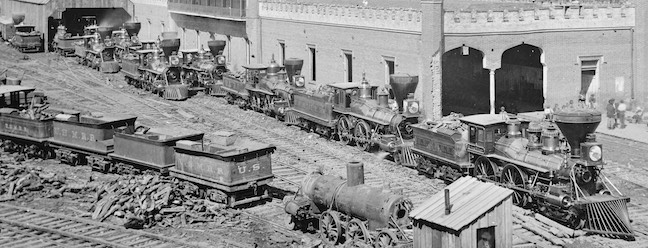 Wikipedia says: A steam locomotive is a rail vehicle that provides the force to move itself and other vehicles by means of the expansion of steam. It is fuelled by burning combustible material (usually coal, oil or – now rare – wood) to heat water in the locomotive’s boiler to the point when it becomes gaseous and its volume increases 1700 times. Functionally, it is a steam engine on wheels.
Wikipedia says: A steam locomotive is a rail vehicle that provides the force to move itself and other vehicles by means of the expansion of steam. It is fuelled by burning combustible material (usually coal, oil or – now rare – wood) to heat water in the locomotive’s boiler to the point when it becomes gaseous and its volume increases 1700 times. Functionally, it is a steam engine on wheels.
In most locomotives, the steam is admitted alternately to each end of its cylinders, in which pistons are mechanically connected to the locomotive’s main wheels. Fuel and water supplies are usually carried with the locomotive, either on the locomotive itself or in a tender coupled to it. Variations in this general design include electrically-powered boilers, turbines in place of pistons, and using steam generated externally.
Steam locomotives were first developed in the United Kingdom during the early 19th century and used for railway transport until the middle of the 20th century. Richard Trevithick built the first steam locomotive in 1802. Salamanca, built in 1812 by Matthew Murray for the Middleton Railway, was the first commercially successful steam locomotive. Locomotion No. 1, built by George Stephenson and his son Robert’s company Robert Stephenson and Company, was the first steam locomotive to haul passengers on a public railway, the Stockton and Darlington Railway, in 1825. In 1830 George Stephenson opened the first public inter-city railway, the Liverpool and Manchester Railway. Robert Stephenson and Company was the pre-eminent builder of steam locomotives in the first decades of steam for railways in the United Kingdom, the United States, and much of Europe.
Prior to the arrival of British imports, some domestic steam locomotive prototypes were built and tested in the United States. An early miniature prototype was built by John Fitch, who demonstrated his miniature engine to George Washington during the 1780s. A prominent large example was Col. John Steven’s “steam wagon” which was demonstrated on a loop of track in Hoboken, New Jersey in 1825.
Many of the earliest locomotives for commercial use on American railroads were imported from Great Britain, including first the Stourbridge Lion and later the John Bull. However, a domestic locomotive-manufacturing industry was soon established. In 1830, the Baltimore and Ohio Railroad’s Tom Thumb, designed by Peter Cooper, was the first commercial US-built locomotive to run in America; it was intended as a demonstration of the potential of steam traction rather than as a revenue-earning locomotive. The DeWitt Clinton, built in 1831 for the Mohawk and Hudson Railroad, was a notable early locomotive.
Locomotives for American railroads were nearly always built in the United States with very few imports, except in the earliest days of steam engines. This was due to the basic differences of markets in the United States which initially had many small markets located large distances apart, in contrast to Europe’s higher density of markets. Locomotives that were cheap and rugged and could go large distances over cheaply built and maintained tracks were required. Once the manufacture of engines was established on a wide scale there was very little advantage to buying an engine from overseas that would have to be customised to fit the local requirements and track conditions. Improvements in engine design of both European and US origin were incorporated by manufacturers when they could be justified in a generally very conservative and slow-changing market. With the notable exception of the USRA standard locomotives built during World War I, in the United States, steam locomotive manufacture was always semi-customised. Railroads ordered locomotives tailored to their specific requirements, though some basic design features were always present. Railroads developed some specific characteristics; for example, the Pennsylvania Railroad and the Great Northern Railway had a preference for the Belpaire firebox. In the United States, large-scale manufacturers constructed locomotives for nearly all rail companies, although nearly all major railroads had shops capable of heavy repairs and some railroads (for example, the Norfolk and Western Railway and the Pennsylvania Railroad, which had two erecting shops) constructed locomotives entirely in their own shops. Companies manufacturing locomotives in the US included Baldwin Locomotive Works, American Locomotive Company (ALCO), and Lima Locomotive Works. Altogether, between 1830 and 1950, over 160,000 steam locomotives were built in the United States, with Baldwin accounting for the largest share, nearly 70,000.
Showing 1–16 of 93 resultsSorted by latest
-
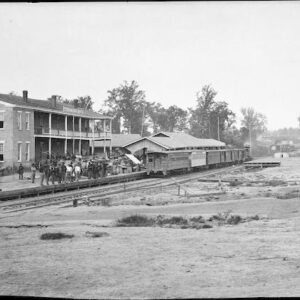
Image ID: AZMA
$1.99 -
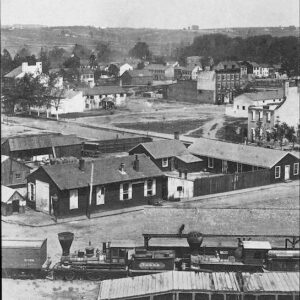
Image ID: AZHQ
$0.99 -
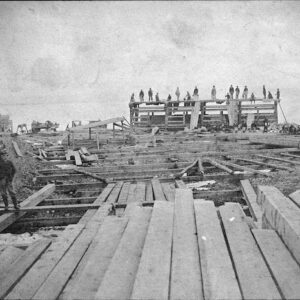
Image ID: AZGI
$2.99 -
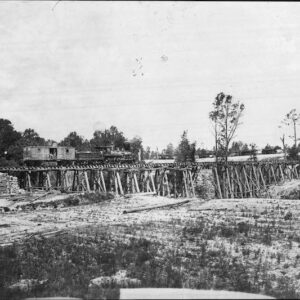
Image ID: AYWB
$0.99 -
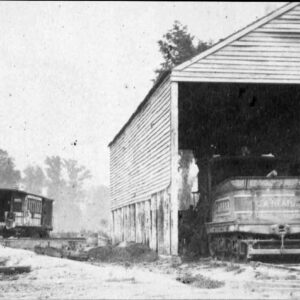
Image ID: AYPO
-
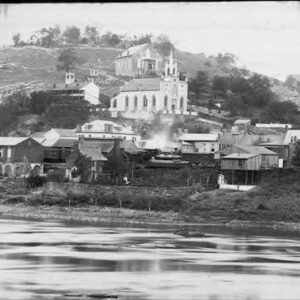
Image ID: AYFS
$0.99 -
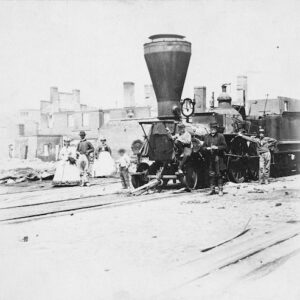
Image ID: AMDA
$5.99 -
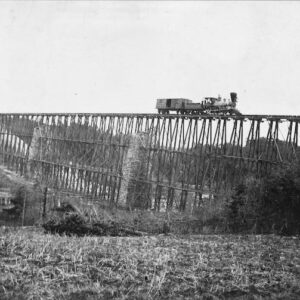
Image ID: AMQO
$6.99 -
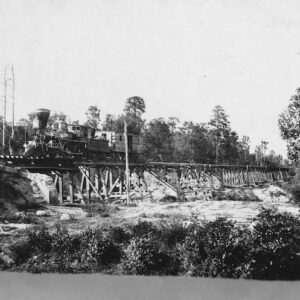
Image ID: AMQP
$6.99 -
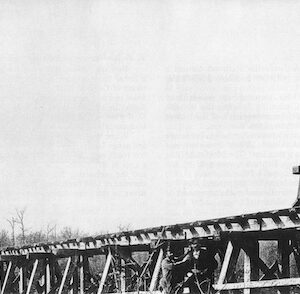
Image ID: AMQS
$0.99 -
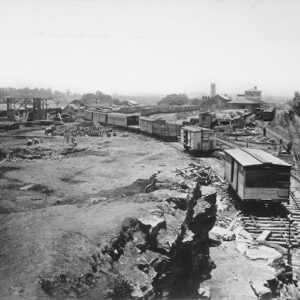
Image ID: ANLW
$6.99 -
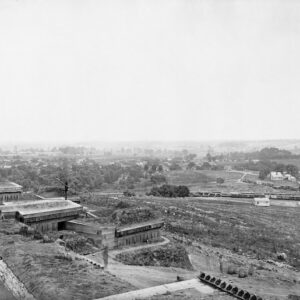
Image ID: ATXB
$8.99 -
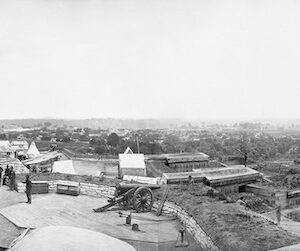
Image ID: ATXC
$9.99 -
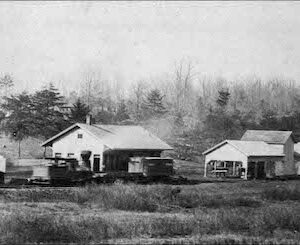
Image ID: AXZM
$0.99 -
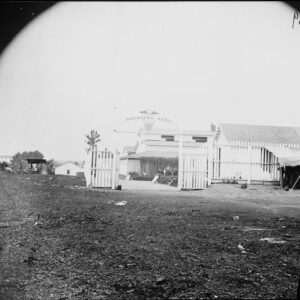
Image ID: AJVL
$5.99 -
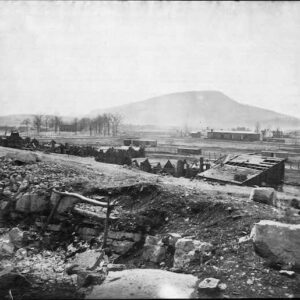
Image ID: AXXK
$0.99